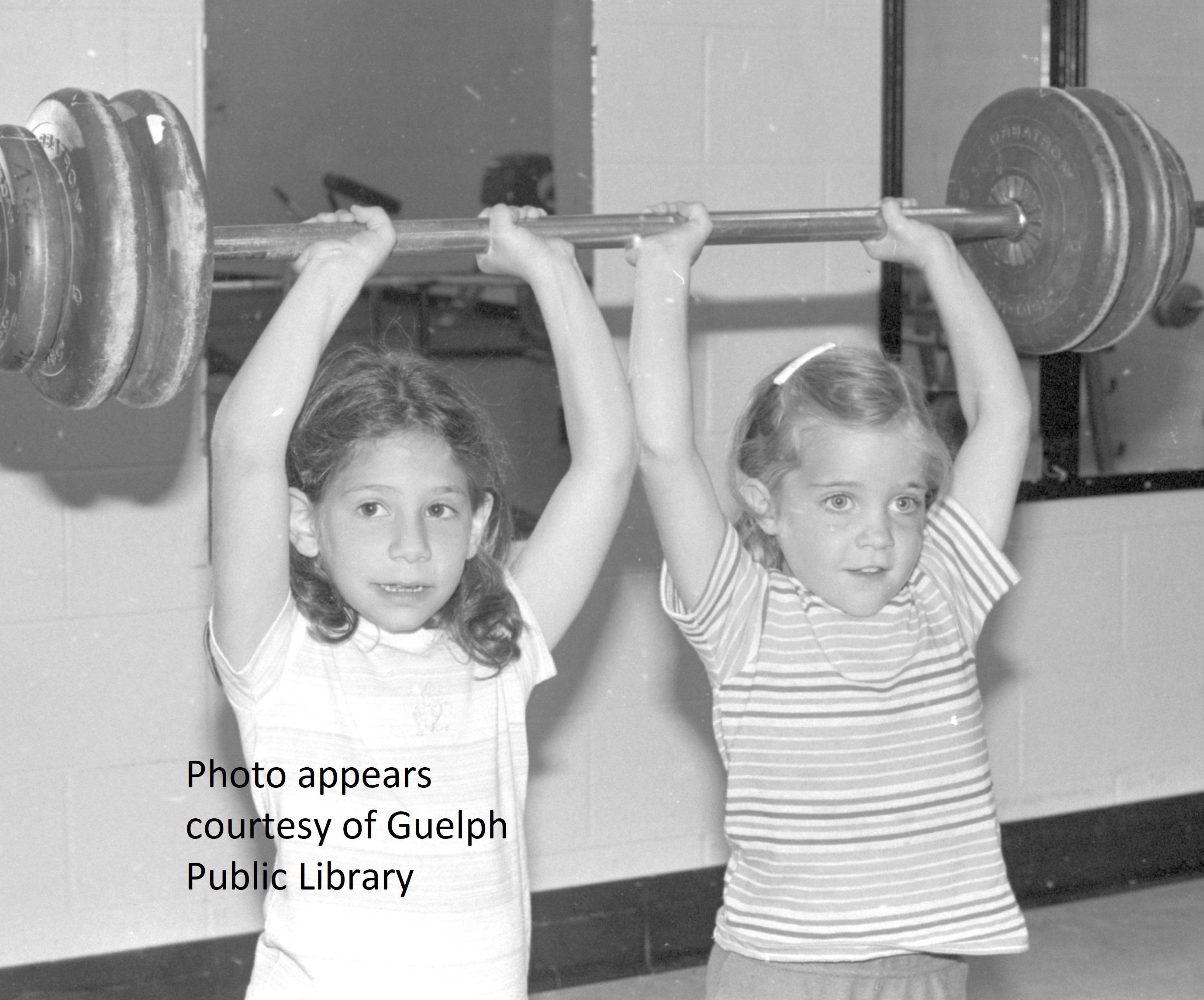Jan Sherman: A Trailblazer in Indigenous Storytelling
As Cherokee author Thomas King put it, "The truth about stories is that that’s all we are." Jan Sherman has taken these words as inspiration. A women of Anishnaabe mixed ancestry, Sherman grew up telling stories. During her childhood, Sherman explains that stories let her "travel to other places" and provided an escape. Sherman’s family did not always speak of their Indigenous heritage. It was not until the 1990s, once she was an adult, that Sherman began hearing some of the traditional stories she now tells. Today, Sherman is a storyteller and early childhood educator.
As an early childhood educator, Sherman has the responsibility to help children hear stories. Traditionally, Indigenous stories were passed down orally between generations. She believes that oral literacy is an essential part of our being. This philosophy became part of a vision she had for bringing all children together to learn in a collaborative, mutually respectful, way. This was then formed into a program called Spirit Connections, a summer camp that "teaches young campers about respect for nature, each other and everyone around them, with an emphasis on Native storytelling, customs and cultures."
How can stories be used to help us to understand each other? Sherman believes that "we are all storytellers," and that Canada was built "on stories." Stories can aid our understanding of the treaties (land agreements) between Indigenous and non-Indigenous nations, which have shaped the place we call Canada today. Storytelling is a form of reconcilliation, the journey toward "establishing and maintaining a mutually respectful relationship" between Indigenous and non-Indigenous people.
Sherman explains that some stories to tell, some are meant to only be told during certain times of the year. She offers tobacco and asks permission from Elders, and other storytellers, to share appropriate stories. She does not share unpublished stories unless she has been gifted the honour of telling them.
As a storyteller, Sherman has worked with Conestoga College, the University of Guelph, and both Guelph schoolboards. Sherman’s sharing takes places in circles where all people are welcome: "My teachings are about inclusion. They are for everyone whose spirit is being drawn to learning." This includes Indigenous people who may not have grown up learning their culture. Sherman notes that she does not separate children from adults when sharing stories. She also does not enter into any form of discussion about a story after it is told. Sherman states that “each one of us will take what we need from that story into the world and use it for what is meaningful to us. We may hear the same story and have it mean something else each time we hear it because we now have more life experience.”
Sherman stresses the importance of the land and nature in her teachings. Looking back, she says she was always impressed and inspired by the love her grandparents had for the land. She says that while we may not all be all Indigenous to Turtle Island (North America), we all have a motherland. Therefore, hearing these stories, which often relate to the land, is important for everyone.
As historians studying storytellers, we must ask one question: Are the stories we tell truthful? The place we now call Canada is a colonial nation and the histories we know are informed by colonial perspectives. Storytellers, like Sherman, provide insight into the experiences of marginalized communities, whose voices are not often heard in colonial spaces. All Canadians can benefit from hearing the stories of Indigenous people. As Sherman says, "We need to hear those stories with our hearts. Not just our ears but our hearts. Because we have all been assimilated. And that will help us to come together in solidarity, that is what is good for everyone." |

